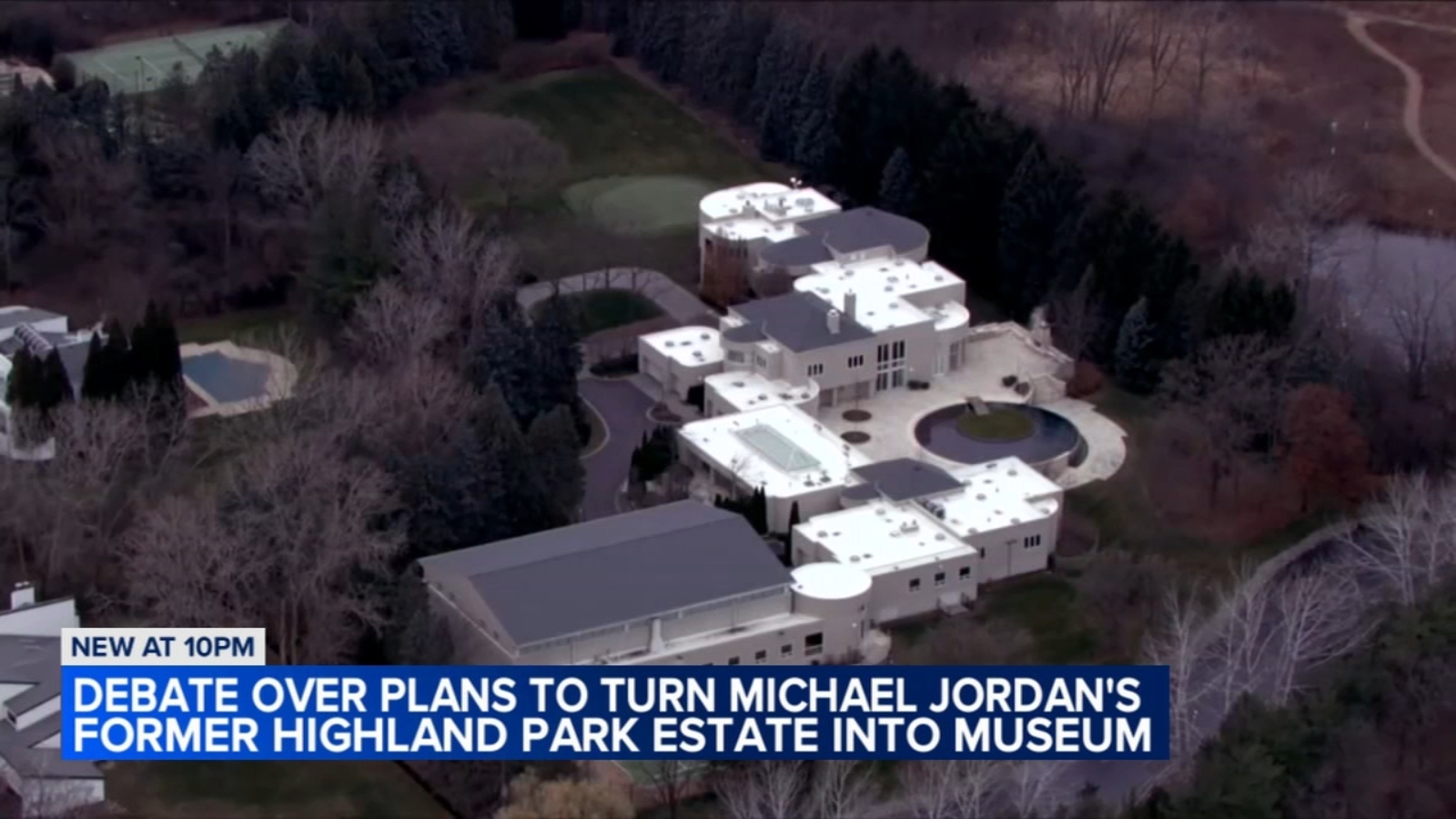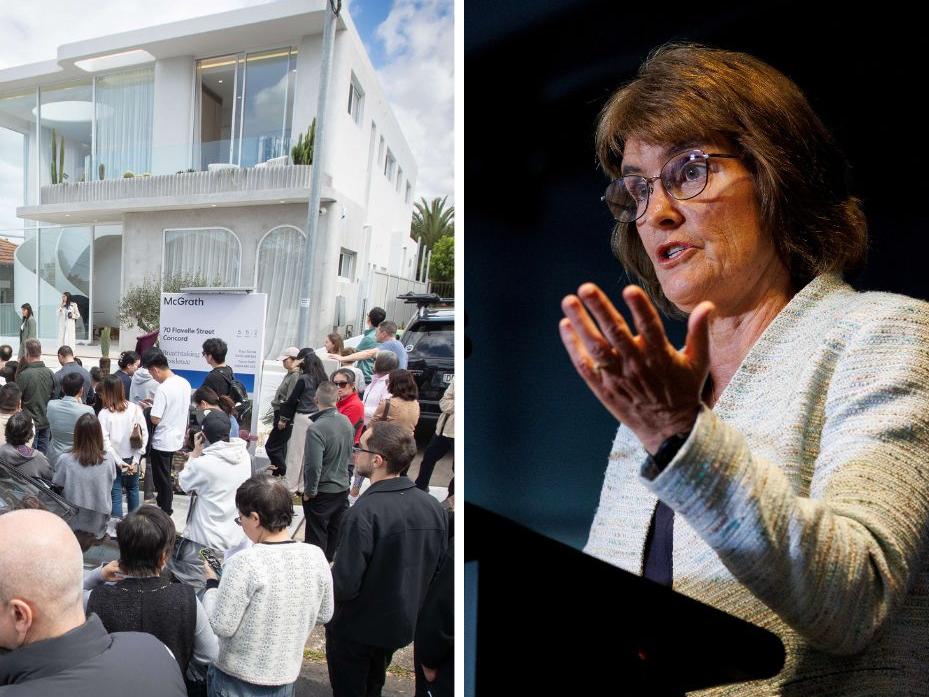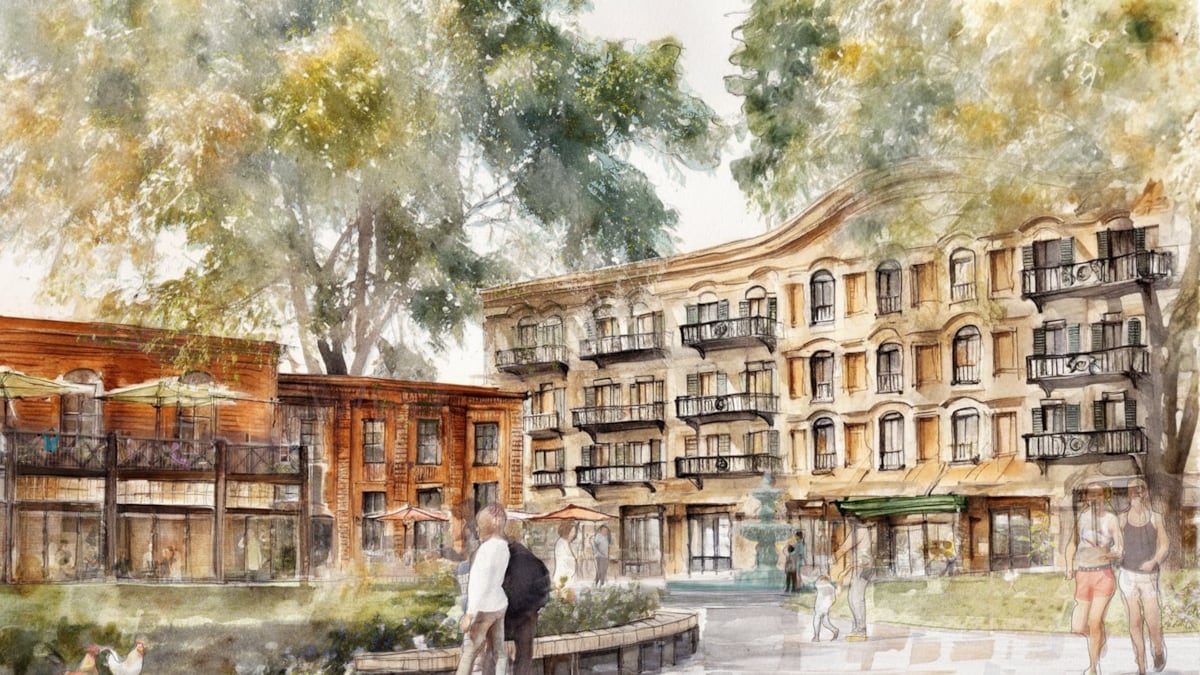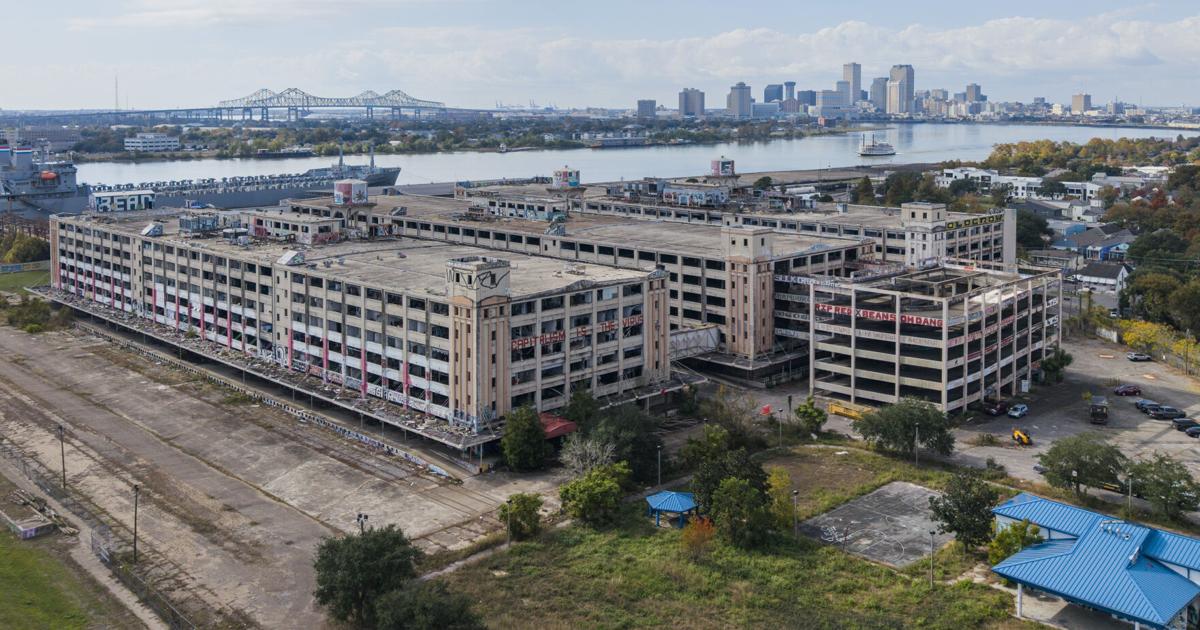H
otel food and beverage is no longer a peripheral service; it is the building’s second‑largest revenue engine and, increasingly, its cultural signature. After the pandemic, the economics of hotel dining shifted dramatically. While F&B still accounts for roughly one‑third of total hotel revenue—especially at luxury and upscale properties—affluent guests now demand distinctive on‑property dining experiences. Inflation and evolving customer preferences, however, continue to pressure costs and add complexity.
Across a broad sample of U.S. full‑service hotels, 2024 F&B revenue sits at about 81 % of 2019 levels when adjusted for inflation, showing that normalcy has not fully returned. Legacy restaurant footprints often miss current demands, yet resort and luxury assets have seen F&B growth per occupied room, and banquet and catering remain resilient in leisure‑led settings. Labor costs in F&B have risen nearly 15 % in 2024, the largest driver of hotel labor‑cost growth, tightening margins and underscoring the need for smarter operating models and real‑estate use that maximizes day‑part performance.
The solution lies in treating bars and restaurants as a focused portfolio of revenue‑producing micro‑venues. Each square foot is curated to a specific guest journey, daypart, and profit profile. This requires reimagining existing spaces and partnering with distinctive restaurateurs and beverage teams who bring regional or national reputation, stimulate local demand, and impose operating discipline.
For luxury and upper‑upscale assets, the playbook moves from a single signature restaurant plus a lobby bar to a layered stack of culturally relevant concepts that maximize revenue and guest satisfaction. A typical stack might include:
* **Signature destination dining** anchored by a high‑profile chef or restaurateur, driving non‑guest traffic, earned media, and a premium check average. The prestige partnership also boosts room rates and brand perception beyond the dining room.
* **All‑day market/café** with strong merchandising for breakfast and grab‑and‑go, adaptable to afternoon co‑working or evening wine education.
* **High‑margin bar/lounge** that welcomes guests and locals alike, converting lobby circulation into new revenue. Seating, lighting, and experiential programming (e.g., live art) encourage small‑group gatherings.
* **Event‑ready private dining and banquet‑adjacent spaces** that blur social and business lines, reflecting divergent banquet trends by asset type.
* **Rooftops, terraces, and common areas** programmed for day‑into‑night transitions and premium experiences, where four‑wall economics justify incremental capex.
What differentiates this approach is the precision in structuring each outlet and the creativity required to weave them into a clear hotel point of view. When every venue has a target guest, daypart, seat‑turn profile, and capture ratio, owners can right‑size back‑of‑house and labor and measure success by F&B RevPAR/RevPOR and four‑wall EBITDA, not just covers.
Differentiation in today’s crowded upscale market hinges on purposeful, curated F&B offerings that express a hotel’s distinct point of view. In the past, hotels competed on price, points, and location; now, technology and in‑room amenities have become ubiquitous. With over 1,200 brands vying for travelers, a differentiated culinary identity can be the key to standing out.
A recent engagement with Wind Creek Hospitality illustrates this model. Colicchio Consulting reimagined the food‑and‑beverage program at the Wind Creek Chicago Southland Casino & Resort, centering the lineup around Chef Fabio Viviani’s Alto Italian Steakhouse. Three additional outlets—Shuck It Oyster Bar, The Spot American Diner, and Food Bazaar, a modern buffet re‑concept—each offered distinct menus and themes. The process was data‑driven: identify the right concepts, secure the right talent, and enlist the right operating partners to make each venue economically self‑sufficient, then let the “halo” lift the larger asset. The result is a property whose F&B is both talked about and bankable.
Owners often ask where to find square footage. Most properties already have it in under‑performing lobby zones, oversized banquet pre‑function areas, long corridors, legacy business centers, and episodically used terraces. Turning these into revenue‑producing spaces can be achieved through:
* **Compact pastry/coffee bar** in the lobby with sightlines that pull traffic; a pastry commissary can supply in‑room and banquet.
* **Daypart flips**: design fixtures that transform an all‑day café into an intimate aperitivo bar without a second shift.
* **Banquet adjacency**: insert 20–40 seat private dining rooms next to event kitchens to flex between social, corporate, and overflow à‑la‑carta.
* **Outdoor capital**: upgrade roofs, terraces, or back alleys with partial weatherization (shading, wind control, radiant heat) to add 8–10 months of premium covers in many markets.
Each transition is grounded in four‑wall math: revenue per square foot by daypart, expected seat turns, contribution margin by menu mix, and a labor model calibrated to current wage realities—especially important as F&B departments drive the steepest labor‑cost increases.
Post‑pandemic patterns show no simple rebound. Full‑service F&B remains below 2019 on an inflation‑adjusted basis, but the mix is evolving. Resorts and leisure‑led assets outperform on food revenue per occupied room; convention hotels see a softer banquet trend in 2025, while certain resort banquets strengthen. Hotels are leaning into non‑room revenue to offset slower RevPAR growth and higher operating costs.
For owners and managers, the message is clear:
1. **Accept the new cost baseline**, particularly in F&B labor, and design operating models that match (simplified menus, cross‑trained roles, analytics to forecast by daypart).
2. **Generate RevPOR, not just covers**. In luxury and upper‑upscale segments, culturally relevant programmed concepts are achieving F&B RevPOR growth even as room revenue slows.
3. **Treat F&B as real‑estate strategy**, not just a restaurant. Zoning, adjacencies, sightlines, acoustics, and circulation should convert casual interest into dwell time and spend.
4. **Use partnerships as accelerants**. The right chef or operating partner—whether famous or not—brings brand equity, systems, and talent pipelines, shortening time to break even and supporting premium pricing.
In an era of high labor costs and compressed margins, hotel F&B can transform from an underutilized cost center into a revenue driver, a foot‑traffic accelerator, and a signature branding moment that delivers memorable experiences and heightened guest satisfaction and loyalty. Achieving this requires collaboration with a partner who understands today’s hotel and restaurant dynamics and can guide the process to a profitable conclusion.















